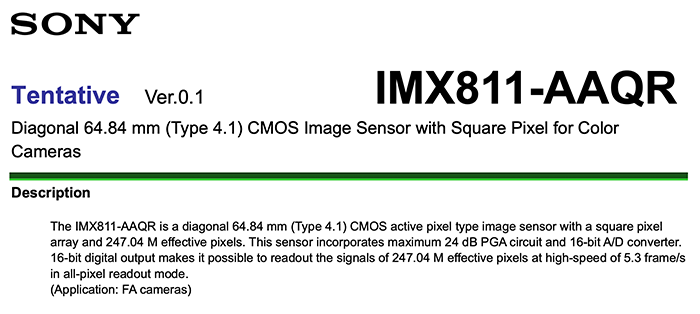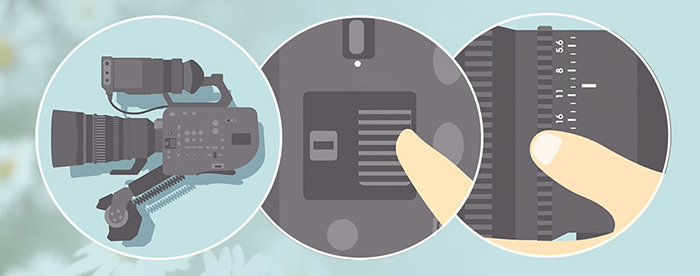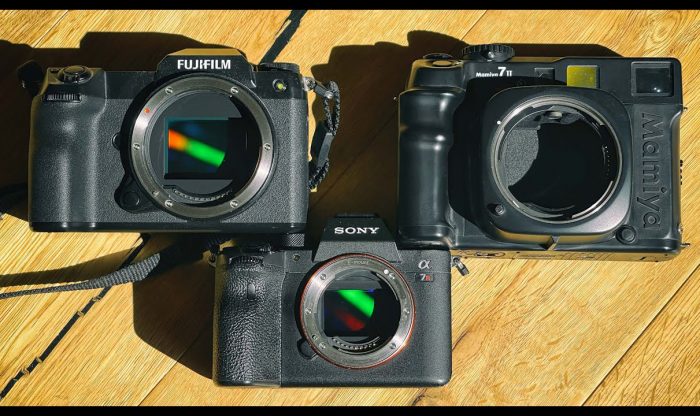Tips for Portrait Photography, Using the Sony A7R V by Reza Malayeri
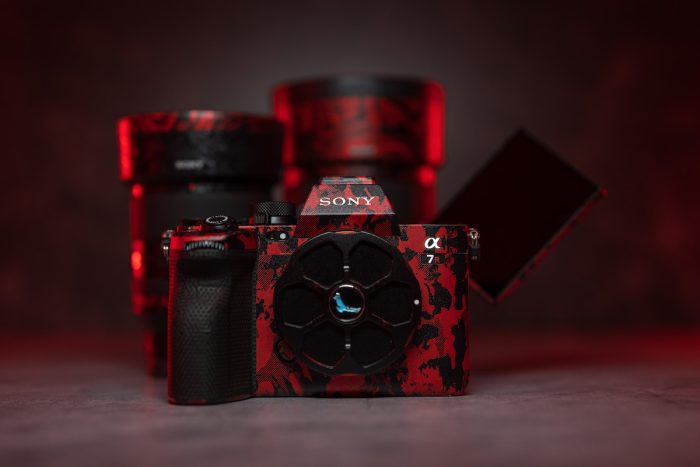
This is a guest post by by Reza Malayeri. All Photos are from by Reza Malayeri and used with his permission.
Tips for Portrait Photography, Using the Sony A7R V
by Reza Malayeri
The Sony Alpha a7R V is the first full frame Alpha camera to feature high-resolution imaging with AI-based autofocus. Sony has put its best technology into the A7R V, calling it the “best-ever image quality for an Alpha body.” In my personal experience, the A7R V shows superior performance when taking portrait photography.
Key Features of the Sony A7R V
Although the A7R V uses the same 61-megapixel back-illuminated Exmor R CMOS imaging sensor as the A7R IV, it’s been upgraded with the powerful BIONZ XR image processing engine from Sony’s flagship Alpha 1, and debuts a new AI processing unit with deep learning.
This dedicated AI processing unit is the first of its kind in any Alpha camera. It takes the subject recognition and autofocus accuracy of the A7R V to another level. In contrast to previous Alpha cameras that primarily used eye and head tracking for autofocus, the A7R V uses detailed information about human form and pose estimation to accurately detect its subjects.
The innovation continues throughout the A7R V, as it also offers the best IBIS in any Alpha camera. This includes over eight stops of in-camera shake reduction for photo and video. If new AI processing algorithms and improved IBIS wasn’t already enough innovation, Sony added a new 4-axis multi-angle display as well.
I personally love using this camera to shoot portraits and, recently, put it through its paces during a portrait session. The focus was accurate, and the images produced amazing details and colors.
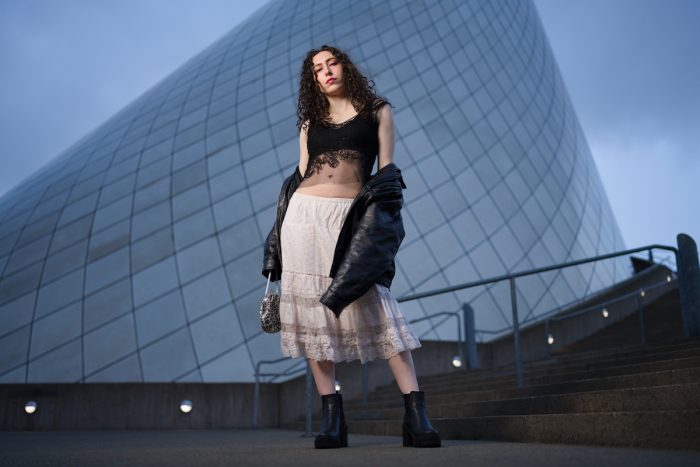
Sony A7R V for Portrait Photography
Next-Generation Autofocus
The new autofocus system on the A7R V is amazing for portrait photography. Previous Alpha cameras that used face and eye tracking to gain focus for portraits. Although, the newly developed AI chip of the A7R V employs information about human posture to focus on subjects. This is a major advantage for portrait photographers in several ways.
One of the biggest issues with using faces and eyes to focus is that your subject may not always be facing the camera. This issue is completely negated thanks to the new AI algorithm on the A7R V. It uses the entire form and shape of the human body to maintain accurate focus on a subject. If your subject turns, is wearing glasses, or a mask, the A7R V can predict their poses, head movement, and use other deep learning data to focus more accurately than any camera before it.
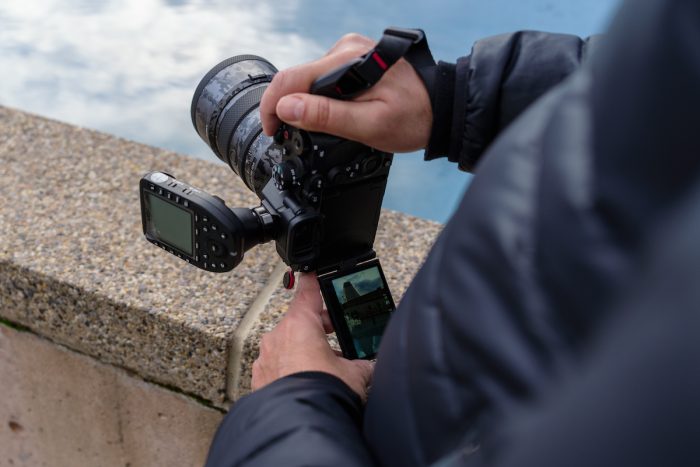
New 4-Axis Multi-Angle Display
Sony has finally given portrait photographers the display we’ve all been dreaming of. Before the release of the A7R V, the debate was always between which style of display was best for photography and videography.
Photographers prefer a tilting screen that allows a more discreet style of “shooting from the hip.” Videographers prefer a screen that flips forward to show the scene during filming. That has always resulted in a trade-off when having to choose one type of display over the other.
With the new 4-axis multi-angle display of the A7R V, the debate about whether a tilting or flip screen is best no longer exists. The new display can do both therefore, convenient to use for both photography and videography.
I particularly love it for portrait photography. It allows me to easily flip it down for vertical shooting. I hope Sony brings this new display to the entire lineup of Alpha and FX cameras moving forward. Not only is the A7RV’s new display more convenient but it’s also larger, has a higher resolution, and is the first Alpha camera display to feature a 10-bit color LCD panel.
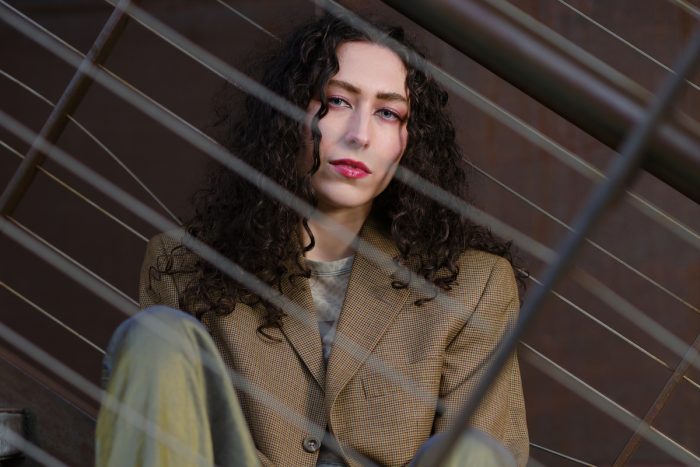
Advanced Optical 5-Axis In-Body image Stabilization
Portrait photography is not something that is typically done using a tripod. Creating beautiful portraits requires a lot of movement between the camera and the subject. Given the need to move around, and the added sensitivity that high-resolution sensors have to movement, the improved eight stops of IBIS is ideal for portrait photography.
With all the activity happening, settings to change, and lighting to adjust, it’s easy to overlook your shutter speed at times. You’ll receive help from a robust IBIS system like this one. It’s essential for portrait photography and other scenarios such as low light photography and hand-held filmmaking.
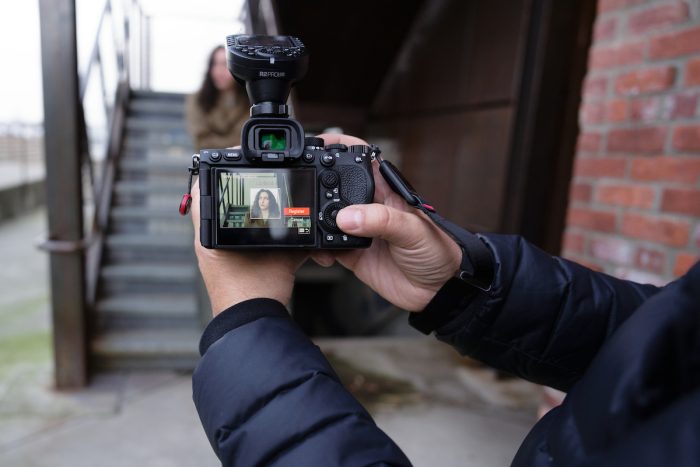
Face Registration and Memory
In addition to its newly developed AI autofocus system, the A7R V has another highly useful feature for portrait photography. Face registration allows you to capture and register the faces of your subjects, and select which face the camera should prioritize. This is useful when you’re shooting portraits in situations where other people’s faces may be visible to the camera, causing it to switch focus and ultimately miss the shot.
This feature is a game changer for portraits, but can also be highly useful for wedding photography. There are critical moments during a wedding where it’s difficult to keep your focus locked onto a specific subject. For example, this can be true when the bride is walking passed all the guests and making her way down the aisle.
With the face registration feature of the A7R V, this will no longer be a challenging scenario. You can easily register the bride’s face and ensure that the camera remains completely focused on her.
61-Megapixel Full-Frame Back-Illuminated Sensor
Having a high-resolution sensor provides flexibility for portrait photographers. Getting the perfect composition in the camera is no longer critical. There’s ample resolution and detail to crop and re-frame your shots in post-production. This takes the pressure off the need to slow your flow to perfect each shot on-location.
To keep a good connection to your subject, you need to create and maintain a rhythm and flow to the pace of your shots. Not having to slow down every shot to focus on precise framing is a big advantage for portrait photography. It’s also nice to have more creative freedom in composing your portraits, since 61 megapixels is a vast amount of detail to play with.
I personally aim to capture a slightly over-composed image when on-location, knowing that I’ll be spending some time in post to perfect the exact composition that suits each image.
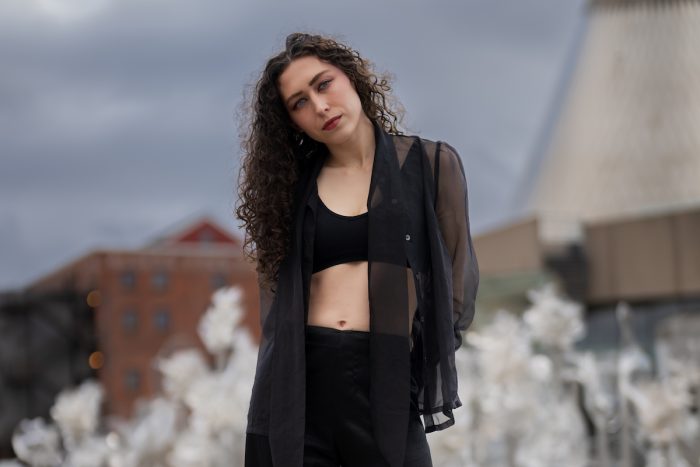
Settings on the Sony A7R V
There’s an important consideration to keep in mind when shooting portraits with such a high-resolution camera like the A7R V. The camera is processing 61 million pixels of resolution for each image that’s being created. This means that it’s much more sensitive to any movement in the scene, since it’s continually having to read-out a lot of data. That necessitates a different approach to shutter speed, compared to shooting with a camera that has less resolution to read from the sensor. Essentially, you must lean towards using a much higher focal length to shutter speed ratio than you would with lower resolution cameras.
For example, one of my favorite lenses to shoot with on the A7RV is my Sony FE 50mm f/1.2 G Master Lens. Traditional shutter speed theory would dictate that I shoot with a 2x focal length shutter speed of 1/100. This may be enough for most lower resolution cameras. Although, given that the A7R V is reading significantly more data for each image, I generally double that to be safe.
The IBIS system in the A7R V is robust and can help compensate for lower shutter speeds, but I always keep that setting in mind. I ensure that I have tack-sharp images by making sure that I use a 4x focal length-shutter speed ratio when shooting portraits.
With that in mind, I tend to shoot with Sony G Master lenses. Staying native ensures that I’m getting maximum performance and resolving power with my camera.
Lenses for the Sony A7R V
Some of my favorite lenses to use with the A7R V are:
- Sony FE 35mm f/1.4 GM Lens
- Sony FE 85mm f/1.4 GM Lens
- Sony FE 135mm F1.8 GM Lens
- Sony FE 24-70mm f/2.8 GM II
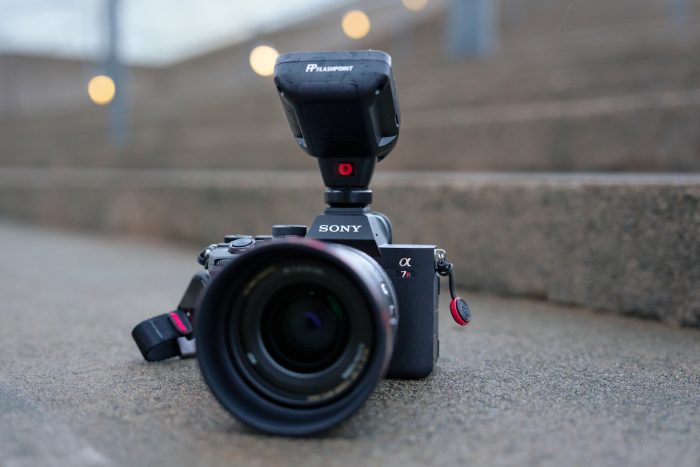
Who Should Buy the A7R V Camera?
The A7R V is a versatile camera that’s built with Sony’s latest and best technology. It offers the highest resolution of the Alpha cameras, AI-based autofocus, and amazing video specs.
Portrait and wedding photographers will greatly benefit from the new AI autofocus system, as the human shape prediction algorithm is better than any other autofocus technology before it. The A7R V can find and focus on faces and eyes much more accurately than other cameras. It offers unique features like face registration, which allow portrait and wedding photographers to maintain focus on their subjects even when there are other faces or obstacles passing in front of the camera.
Studio and product photography is another strong suit of the A7R V since it features 61 megapixels of resolution. This is very useful for creating highly detailed product photography and creating large prints for billboards. Photographers who shoot still-life will love the ultra-high-resolution images they can create with the pixel shift mode on the A7RV. The camera can capture 4 or 16 images using pixel shift. This can then be combined in Sony’s Imaging Edge software to produce a final 240-megapixel image. This feature was available on the A7R IV as well, but the A7RV improves upon it by using AI to account for minor movements in the scene.
Landscape photographers will also love the improvements that the A7R V has to offer. It has an amazing 15 stops of dynamic range at base ISO 100, plenty of room to crop with 61 megapixels, and delivers sharp images thanks to its improved eight stops of IBIS. The AI subject recognition now includes humans, birds, animals, insects, trains, cars, and airplanes. This goes hand-in-hand when shooting landscapes, cityscapes, and nature.
Hybrid shooters and filmmakers will also love the A7R V for video. Its 8K video is now available, along with focus breathing compensation, AI subject detection modes in video, and more stabilization when filming hand-held.
Conclusion
The A7R V ushers in a new era of innovation for Sony. It’s leading the next generation of AI imaging in Alpha cameras and delivering other innovations that are completely new to the Sony lineup.
The 4-axis multi-angle display caters to both photographers and filmmakers, while the eight stops of IBIS improves hand-held photography and filmmaking. Additional subject-detection modes offer creators even more options to track and accurately focus on their subjects. Also, hybrid shooters have access to 8K videos and a host of other video functions. The Sony Alpha A7RV is truly a hybrid creator’s dream camera.
